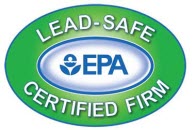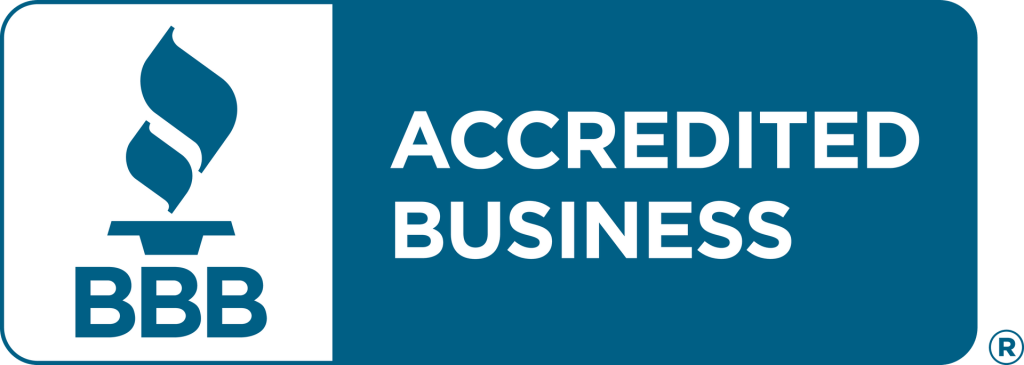Is Your Contractor EPA Lead Certified?

The U.S. Environmental Protection Agency’s Lead Renovation, Repair and Painting, or Lead RRP, rule was created to safeguard children and pregnant women from exposure to lead-based paint, which can lead to birth defects, learning disabilities and slowed growth. Contractors performing renovation, repair and painting projects that disturb lead-based paint in homes, child-care facilities, and schools […]
Hail To Spring!
This is a good article on what to be aware of if you are caught with hail or storm damage during those uncertain spring weather days…(courtesy of www.repacementcontractoronline.com(c) 2011 News Sentinel. Provided by ProQuest LLC. All rights Reserved 05/08/11) Source: News Sentinel Publication date: May 8, 2011 With record hail damage in our area, it’s good to know […]
Vinyl Siding Redefined…by CertainTeed
“Vinyl Siding Redefined” is a new, informative brochure dedicated to enlightening consumers and industry professionals about the “real” facts on vinyl siding. It is a must-see for homeowners who might be considering vinyl siding for the first time or to clear up misconceptions about this industry-leading exterior cladding option. This 8-page, color brochure explains why […]


